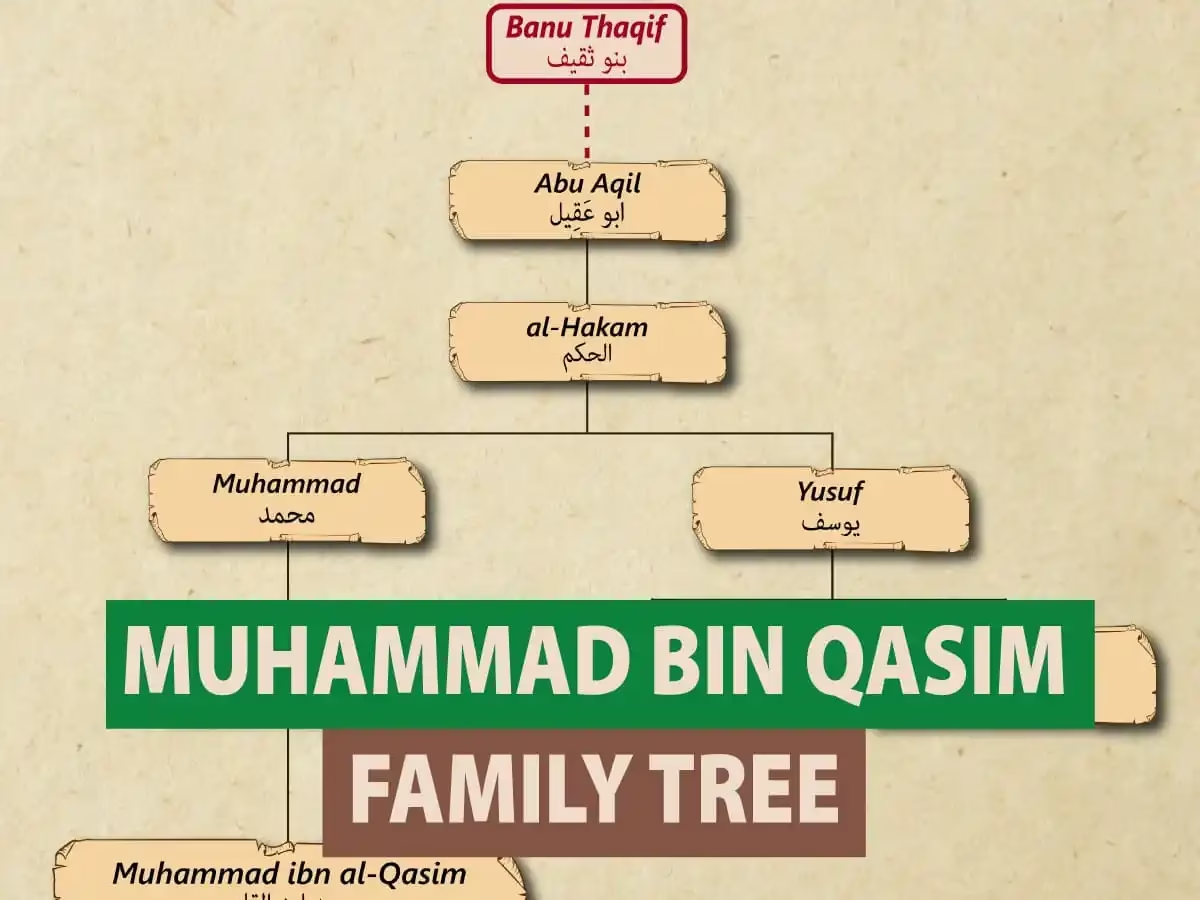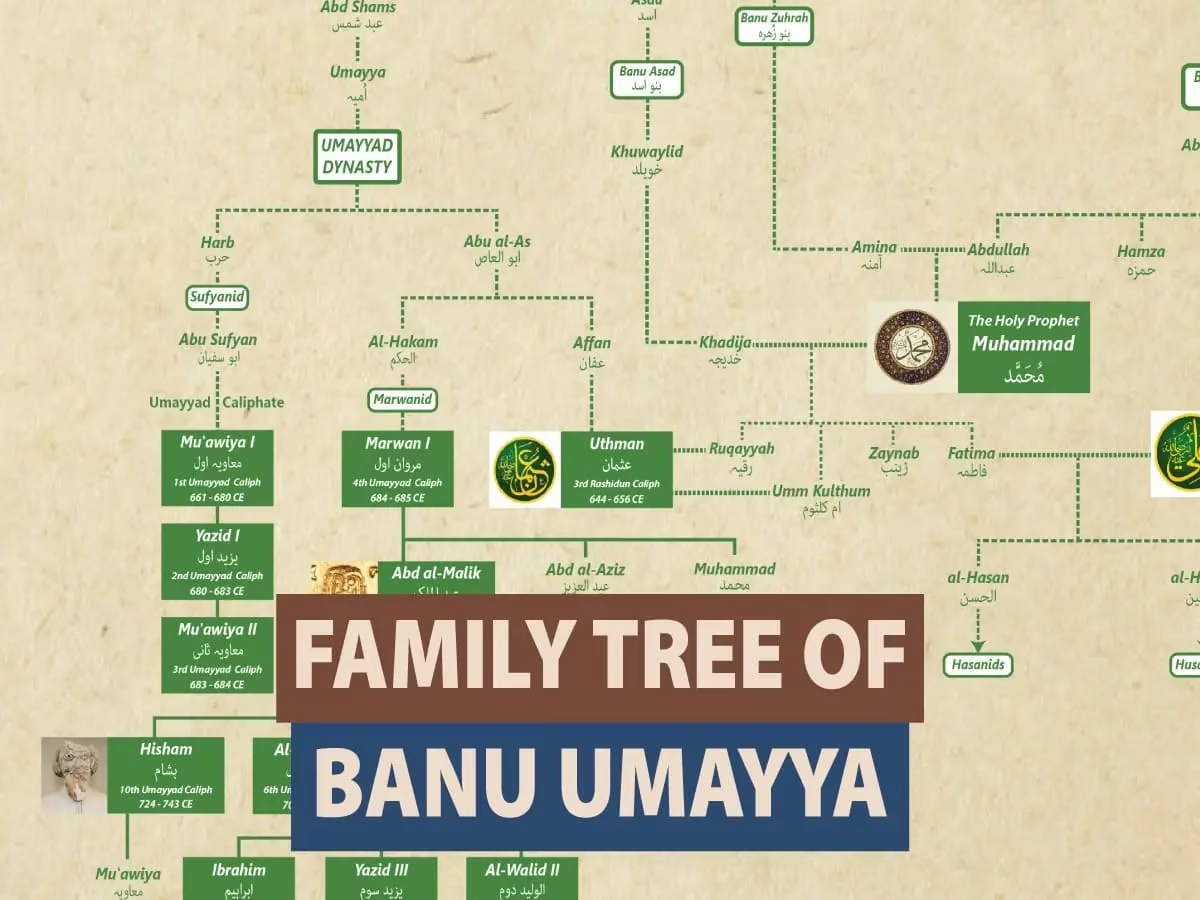11. The Rise of Monasticism
As the Western Roman Empire collapsed, monasteries emerged as islands of stability amid the turmoil. These communities of monks became the guardians of knowledge, carefully preserving ancient manuscripts and classical literature that might have vanished forever. Beyond scholarship, monasteries provided education, spiritual discipline, and a structured way of life that offered hope during uncertain times. They soon became vital cultural and intellectual centers that kept learning alive through the early medieval era.
12. The Spread of Christianity
With the political order shattered, Christianity expanded rapidly across Europe. The Church filled the vacuum left by the empire, offering moral authority, structure, and unity to fragmented kingdoms. Missionaries converted tribal rulers, who in turn encouraged their people to adopt the new faith. Christianity gradually became the primary cultural bond across the former Roman world, shaping the values and identity of medieval Europe.

See Also: The Fall of Rome and the Birth of the Dark Ages Part 1
13. The Papacy Gains Power
As imperial institutions faded, the Pope rose as a central unifying figure in the West. The Bishop of Rome began taking on duties once performed by emperors—mediating disputes, providing leadership in times of crisis, and guiding communities through instability. The papacy’s growing influence laid the foundation for the powerful medieval Church, which would dominate European religious and political life for centuries.

14. The Transformation of the Roman Army
Rome’s once-formidable professional army dissolved after 476 AD. Instead of disciplined legions loyal to the state, Europe saw the rise of smaller, loosely organized forces loyal to local warlords. These groups lacked the training, resources, and cohesion of the Roman military, leading to widespread insecurity. The collapse of military structure left the West vulnerable to invasions, civil wars, and the rise of regional powers.
15. The Decline of Urban Amenities
The magnificent urban culture of Rome—its baths, theaters, aqueducts, and public forums—fell into disrepair. With fewer taxes and shrinking populations, cities could no longer maintain public works. Skilled craftsmen disappeared, infrastructure crumbled, and many inhabitants fled to rural areas. The decline of urban life marked the end of Roman sophistication and contributed to the bleakness associated with the early Middle Ages.

16. The End of Roman Law
Roman law had once unified the empire, but after its fall, legal systems fragmented. Tribes and local rulers replaced imperial courts with their own customs and traditions. This shift made justice inconsistent and uneven, depending heavily on regional practices and the authority of local chieftains. The loss of a unified legal framework fundamentally changed governance in Western Europe.

17. The Rise of Local Lords
As centralized power disappeared, local military leaders and landowners took control. They protected nearby populations in exchange for loyalty and service, creating personal networks that evolved into early feudalism. These local lords became the new power centers, shaping communities and politics for generations. Their rise marked the beginning of a decentralized, lord-based social order.
18. The Decline of Roman Art and Culture
Classical Roman art, literature, and architecture faded as patronage disappeared and new tastes emerged. Germanic and Christian influences began blending with remaining Roman traditions, producing distinct early medieval styles. Although much classical culture was lost, this transformation gave birth to new artistic expressions that defined the medieval world.

See Also: The Early Roman Emperors: From Julius Caesar to Commodus
19. The Loss of Centralized Taxation
Rome’s sophisticated tax system collapsed with the empire. Without coordinated taxation, roads, defenses, and public services deteriorated. Local rulers often lacked the ability to manage large-scale financial systems, leading to a patchwork of small territories struggling to sustain themselves. This financial breakdown deepened the hardships of the post-Roman age.
20. The Ruralization of Society
As cities emptied, Europe shifted toward rural life. Most people became farmers tied to large estates, working for protection from local lords. This ruralization marked a dramatic transformation from the urban culture of Rome and set the foundation for medieval Europe’s agrarian economy and feudal society.
21. The Disappearance of Roman Currency
With the decline of centralized authority, Roman coinage rapidly disappeared from circulation. Inflation, instability, and lack of new minting drove people to rely on barter instead of money. This weakened trade networks, reduced long-distance commerce, and further isolated communities. The loss of a stable currency was another step toward a fragmented, localized economy.




